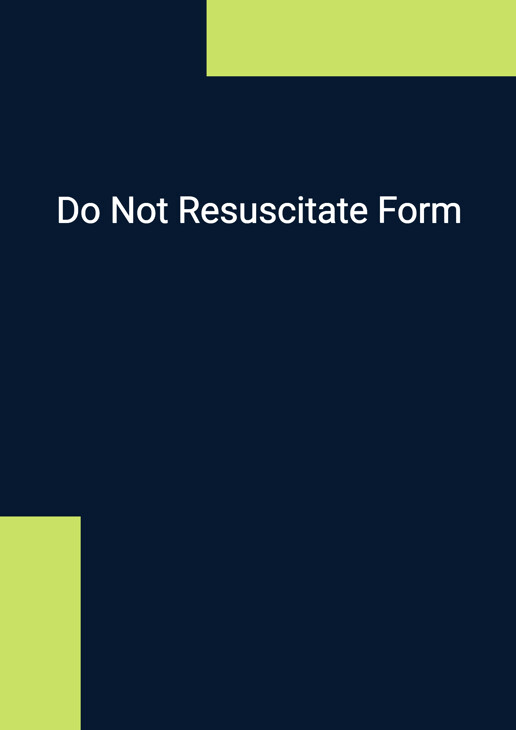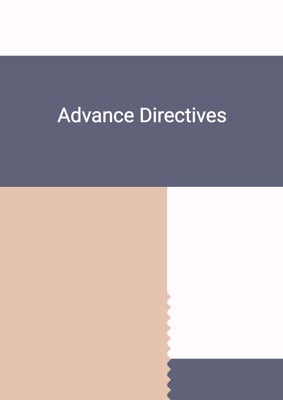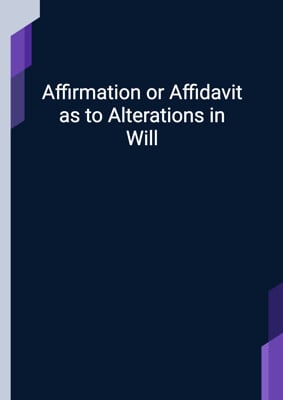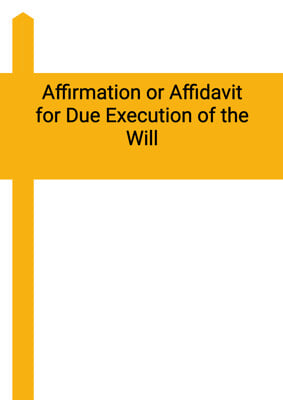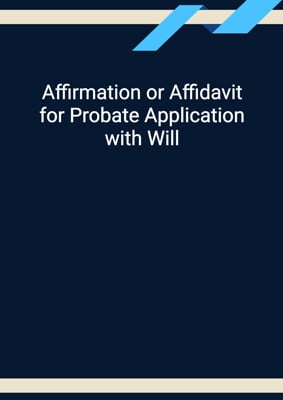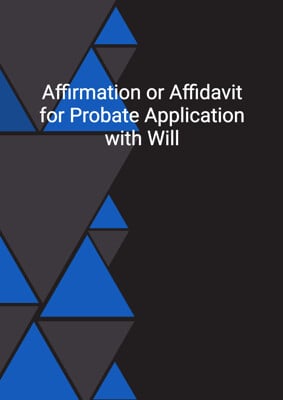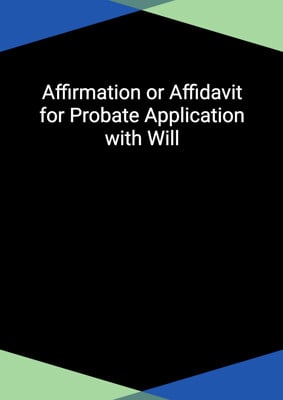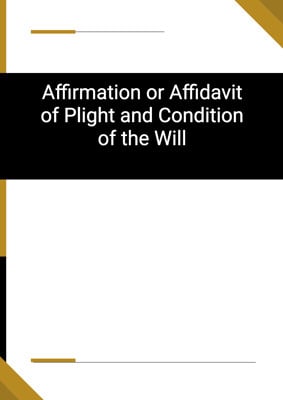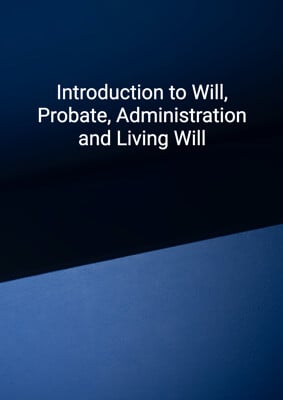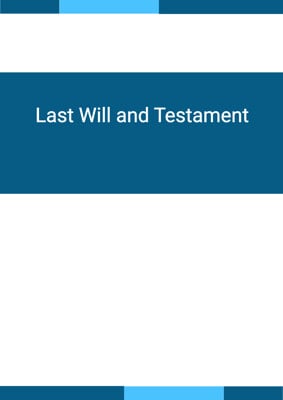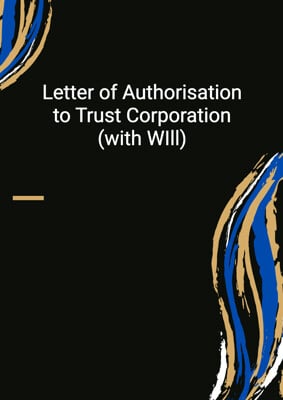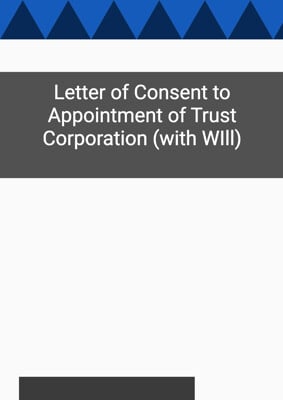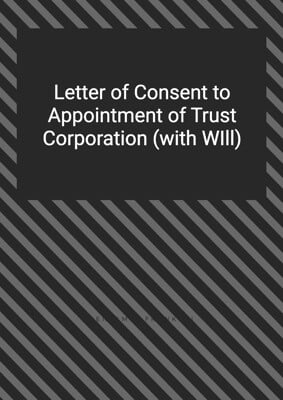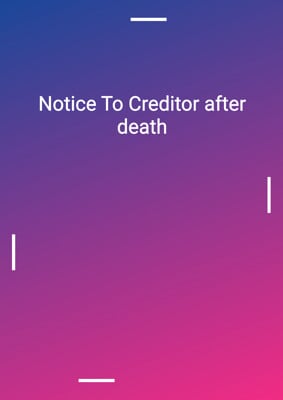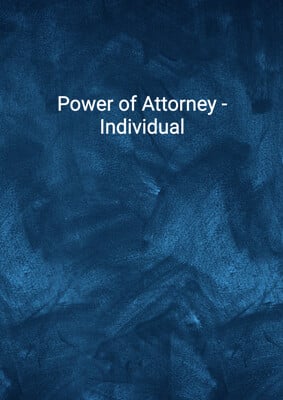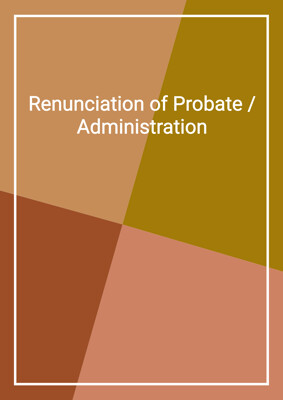How to Tailor the Document for Your Need?
01
Create Document
Click "Create Document" button and the document will be prepared with your account details automatically filled in.
02
Fill Information
Please fill in any additional information by following the step-by-step guide on the left hand side of the preview document and click the "Next" button.
03
Get Document
When you are done, click the "Get Document" button and you can download the document in Word or PDF format.
04
Review Document
Please review the document carefully and make any final modifications to ensure that the details are correct before publication / distribution.
Document Preview
Document Description
The Do Not Resuscitate (DNR) form is a document that allows individuals to refuse cardiopulmonary resuscitation (CPR) in the event that their heart or breathing ceases. The importance of this document lies in the fact that it provides individuals with the ability to make decisions about their medical care and treatment, specifically regarding resuscitation efforts.
The entire document consists of three sections: personal details of the maker of the DNR, the directive itself, and the statement of witnesses.
In the first section, personal details of the maker of the DNR are recorded. This includes the individual's name, hospital or SOPD number, identification number, sex, age, department, team, and ward/bed number. These details are necessary to accurately identify the maker of the DNR.
The second section, the directive, outlines the specific instructions regarding resuscitation. It begins with a statement revoking any previous DNRs made by the individual and then states that if their heart stops beating or their breathing ceases, they do not wish to receive CPR. The maker of the DNR acknowledges that they are making this directive of their own free will and in the presence of two witnesses who are not beneficiaries under their will, insurance policies, or any other instrument made on their behalf. The maker also acknowledges that they have the right to revoke this DNR at any time.
The third section is the statement of witnesses. The first witness must be a registered medical practitioner, who can be a doctor other than the one treating the maker of the directive. The first witness confirms that the maker of the directive has made it voluntarily and that they have explained the nature and implications of making the directive. The second witness must be at least 18 years old and confirms that the directive was made and signed in their presence, along with the first witness, and that the first witness has explained the nature and implications of the directive to the maker.
Overall, the DNR form is a crucial document that allows individuals to express their wishes regarding resuscitation efforts in the event of cardiac arrest or cessation of breathing. It ensures that their preferences are known and respected by medical professionals.
How to use this document?
Guidance on how to use the Do Not Resuscitate (DNR) form:
1. Fill in the personal details section: Enter the maker's personal details, including their name, hospital or SOPD number, identification number, sex, age, department, team, and ward/bed number. This information is necessary for accurate identification.
2. Complete the directive: In this section, the maker revokes any previous DNRs and states their directive regarding resuscitation. Specify that they do not wish to receive CPR if their heart stops beating or their breathing ceases.
3. Understand the importance of witnesses: The presence of witnesses is crucial to validate the DNR. The first witness must be a registered medical practitioner, who can be a doctor other than the one treating the maker. The second witness must be at least 18 years old.
4. Witness statements: The first witness should sign and declare that the maker of the directive has made it voluntarily and that they have explained the nature and implications of the directive. The second witness should sign and declare that the directive was made and signed in their presence, along with the first witness, and that the first witness has explained the directive to the maker.
5. Review and sign: The maker of the DNR should carefully review the completed form and sign it in the designated space.
Remember, the DNR form allows individuals to express their preferences regarding resuscitation efforts. It is important to ensure that the form is accurately completed and witnessed to ensure that the maker's wishes are respected in a medical emergency.
Not the right document?
Don’t worry, we have thousands of documents for you to choose from:
